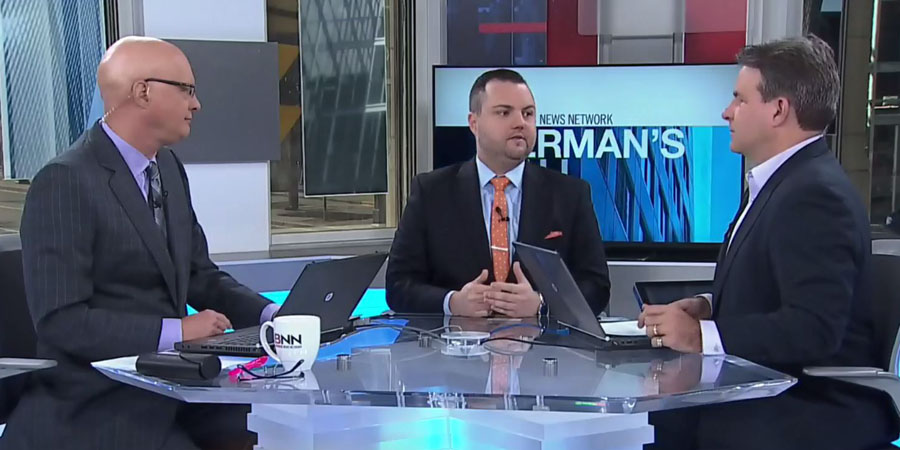by Gershon Distenfeld, Director, High Yield, AllianceBernstein
Years from now, we may recall 2016 as the year when political risk became a constant presence hovering over the investment landscape. But fear not: there are ways for investors who rely on fickle global credit markets for income to turn the turbulence to their advantage.
Investors have always had to account for some degree of political risk. But this year has been notable, both for the steady stream of political uncertainty and its most common source—developed Western economies. From Brexit to the US presidential election and beyond, voters and politicians frustrated with slow growth are turning inward, becoming more protectionist in their economics and xenophobic in their politics.
This has increased market volatility. But here’s the thing: volatility and slow growth aren’t bad things for credit markets or income investors. The former provides opportunities to uncover value, while the latter keeps interest rates low.
Companies also tend to be more conservative and avoid taking on too much debt when growth is slow. That may not be good news for equity valuations but it is for bond prices and creditors.
So as long as the global economy avoids recession, income assets are likely to do well. Here are a few things to keep in mind:
1. Keep your hands on the wheel.
Volatility creates opportunities. When something like Brexit happens, an initial wave of knee-jerk selling can lead to exaggerated price moves that are out of sync with fundamentals. Managers who build liquidity buffers into a portfolio put themselves in position to snap up bargains before they get bid higher again.
We saw this recently with high-yield energy bonds, which were punished indiscriminately last year when oil prices fell. After the Brexit result, sell-offs in European high-yield debt, select emerging-market (EM) currencies, and corporate bonds issued by European banks brought in a wave of buyers who picked up these assets at attractive prices.
None of this can be done, though, with a portfolio on autopilot. A hands-on approach gives managers flexibility to find mispriced securities. Tracking an index doesn’t. That’s why even average active high-yield mutual funds routinely beat passive exchange-traded funds.
2. Diversify, diversify, diversify.
There are still a lot of crowded trades out there. That’s why we see investors rush out of various sectors every time market turbulence rises. This creates opportunities for those who can take a contrarian view. A global multi-sector approach that diversifies exposure to sectors and regions diversifies sources of return and income. In fact, valuations in many high-income sectors, such as EM currencies and debt, are more attractive today than they’ve been in years.
3. Pay attention to credit cycles.
Diversification is always important, but it takes on added significance during the late stages of a credit cycle. And that’s where we are in many market sectors today. It’s important to remember that there isn’t just one “credit cycle.” There are many under way at any given time around the world.
In the past, they were usually closely correlated. But divergent monetary policies and growth rates today mean there’s considerable variation by region and sector, since different industries respond differently to monetary stimulus.
Flexible investors might decide to ratchet down exposure to late-cycle sectors or regions—say, European industrials—and increase exposure to sectors where valuations are more attractive, such as US mortgage-related securities.
Even with the US elections now behind us, we expect political risk to remain high, with a key referendum in Italy in December and French and German elections next year. But with the right approach, income investors can protect their portfolios and still take advantage of the opportunities that more volatile markets offer.
The views expressed herein do not constitute research, investment advice or trade recommendations and do not necessarily represent the views of all AB portfolio-management teams.
Copyright © AllianceBernstein














